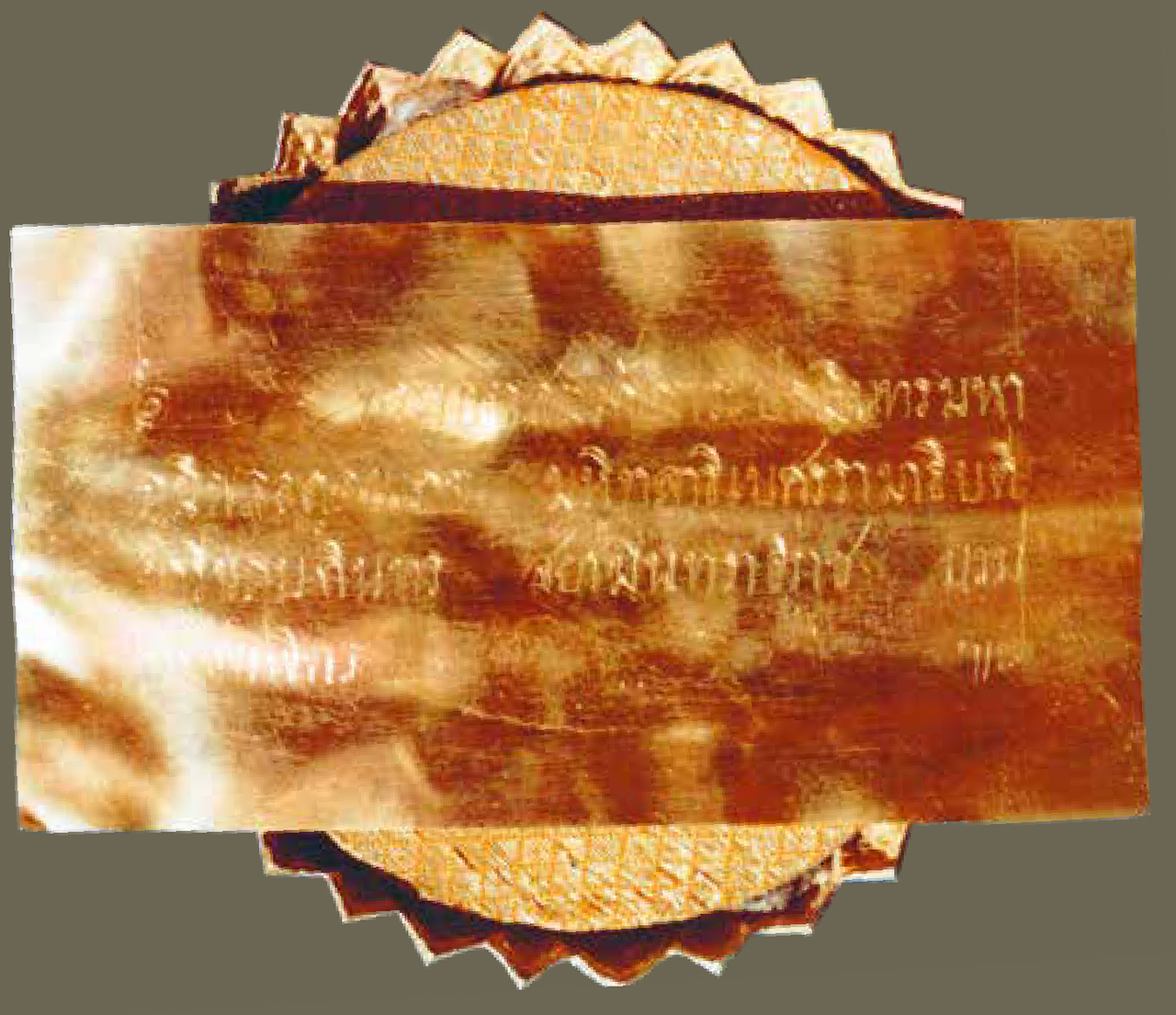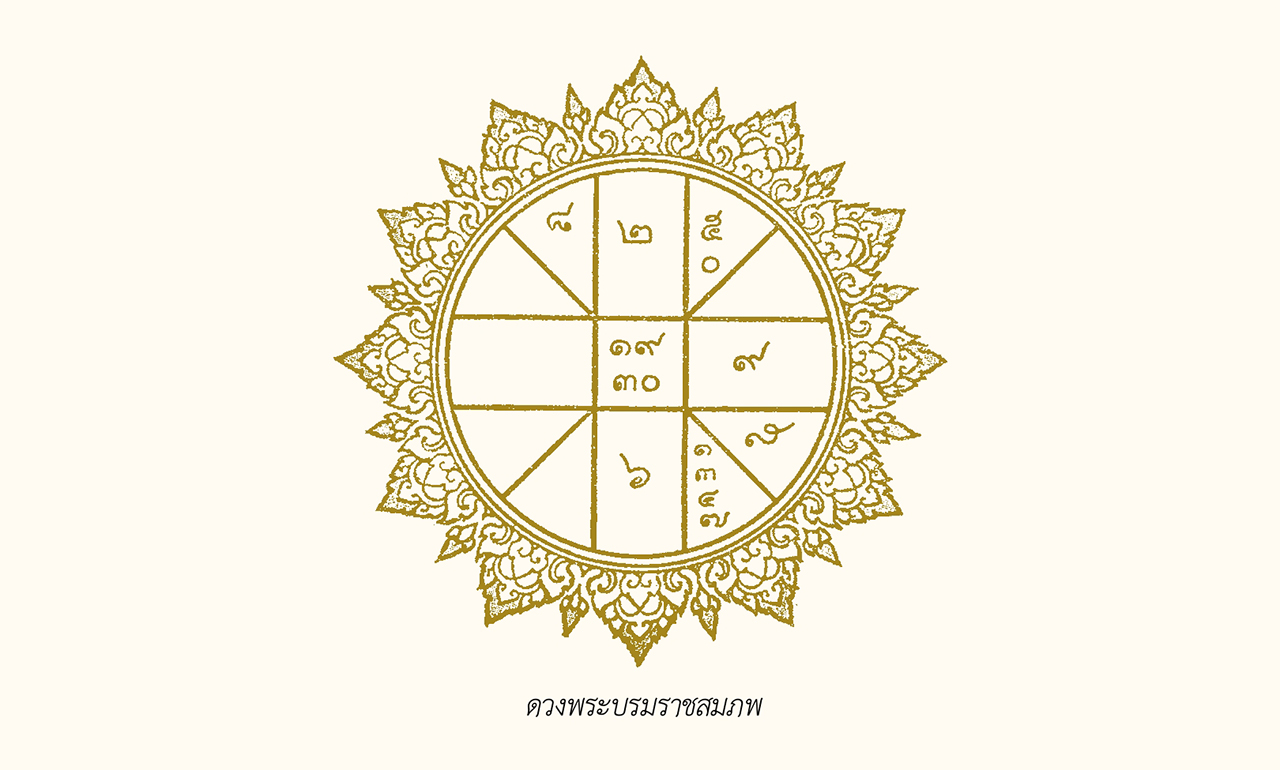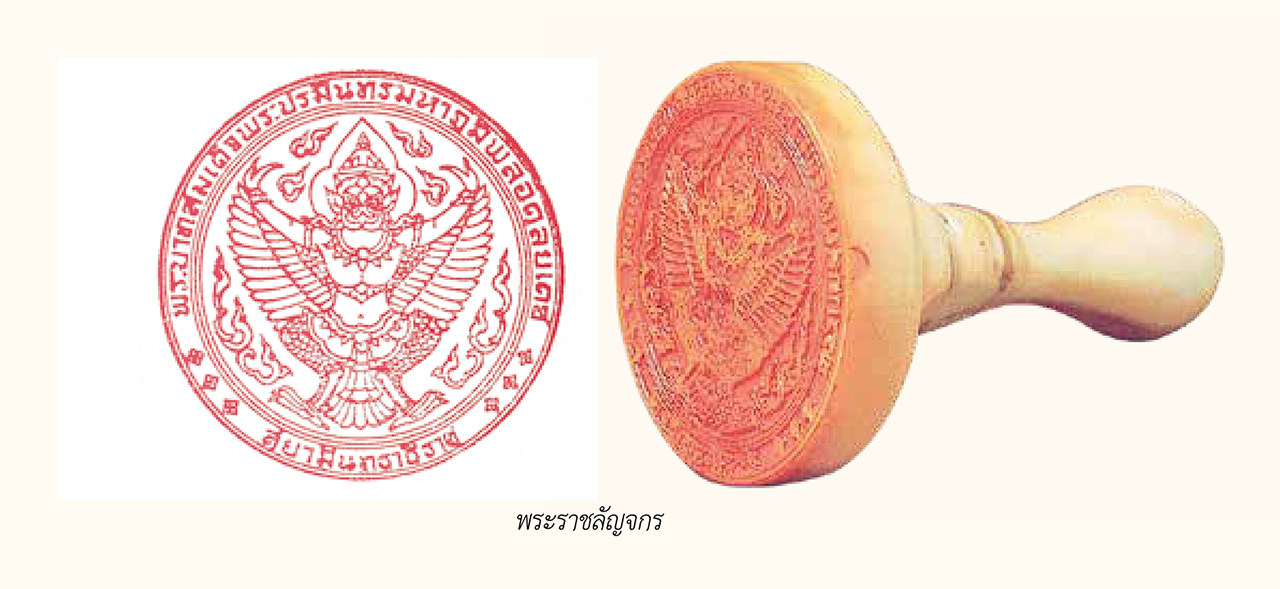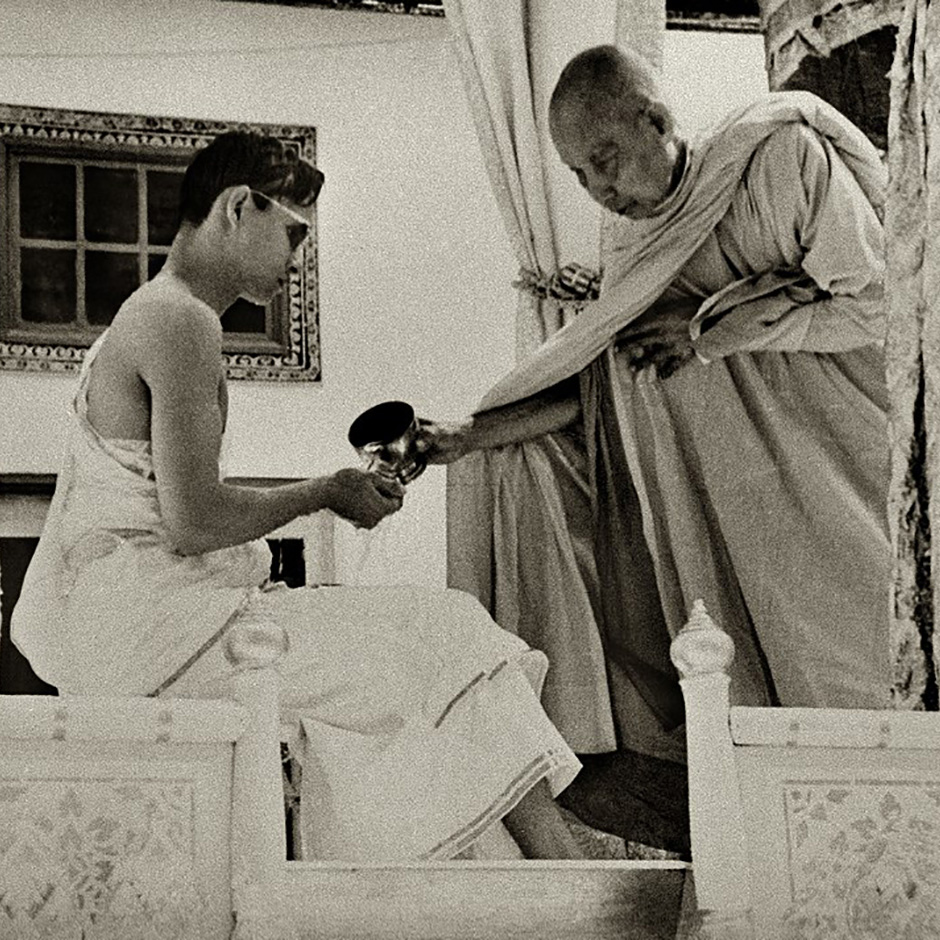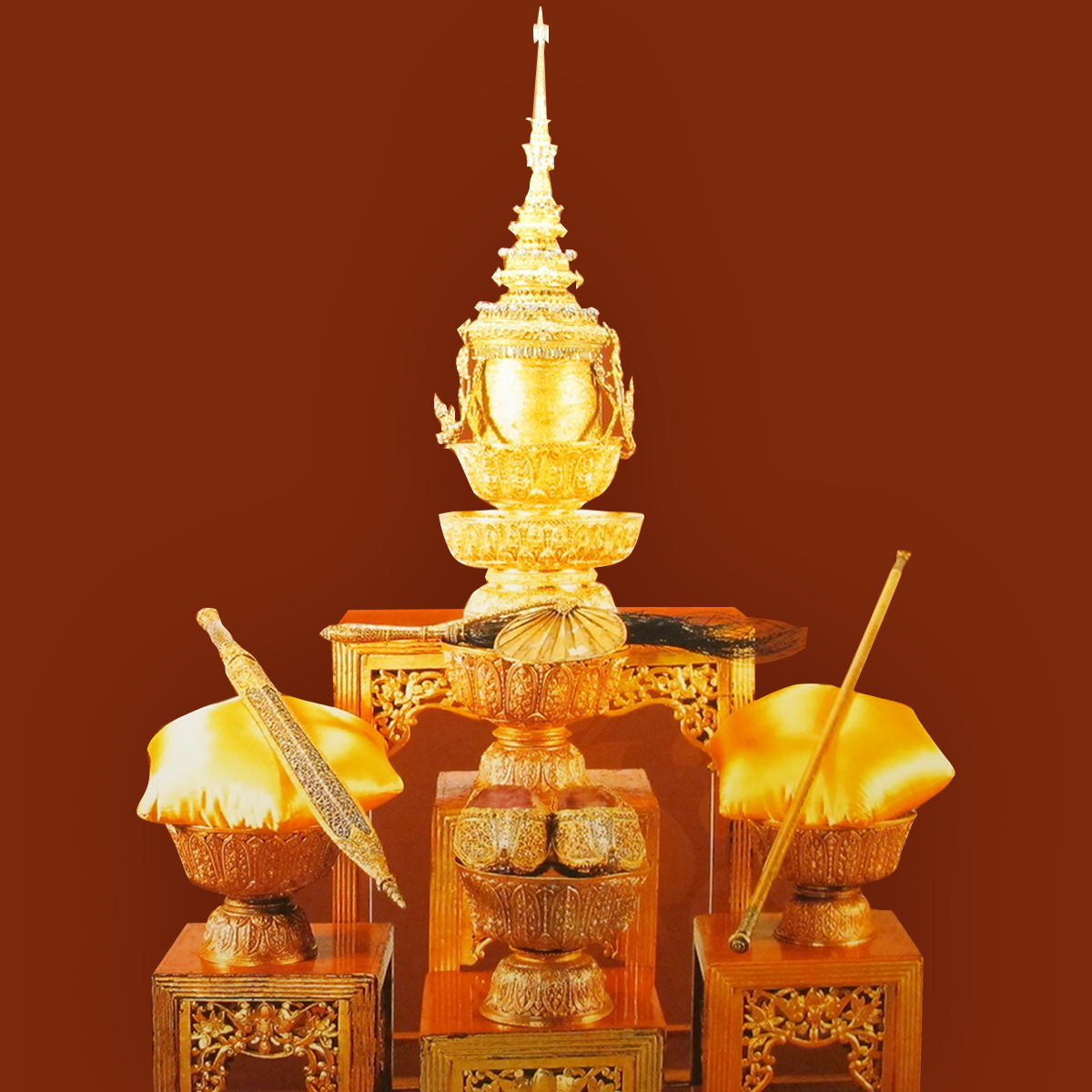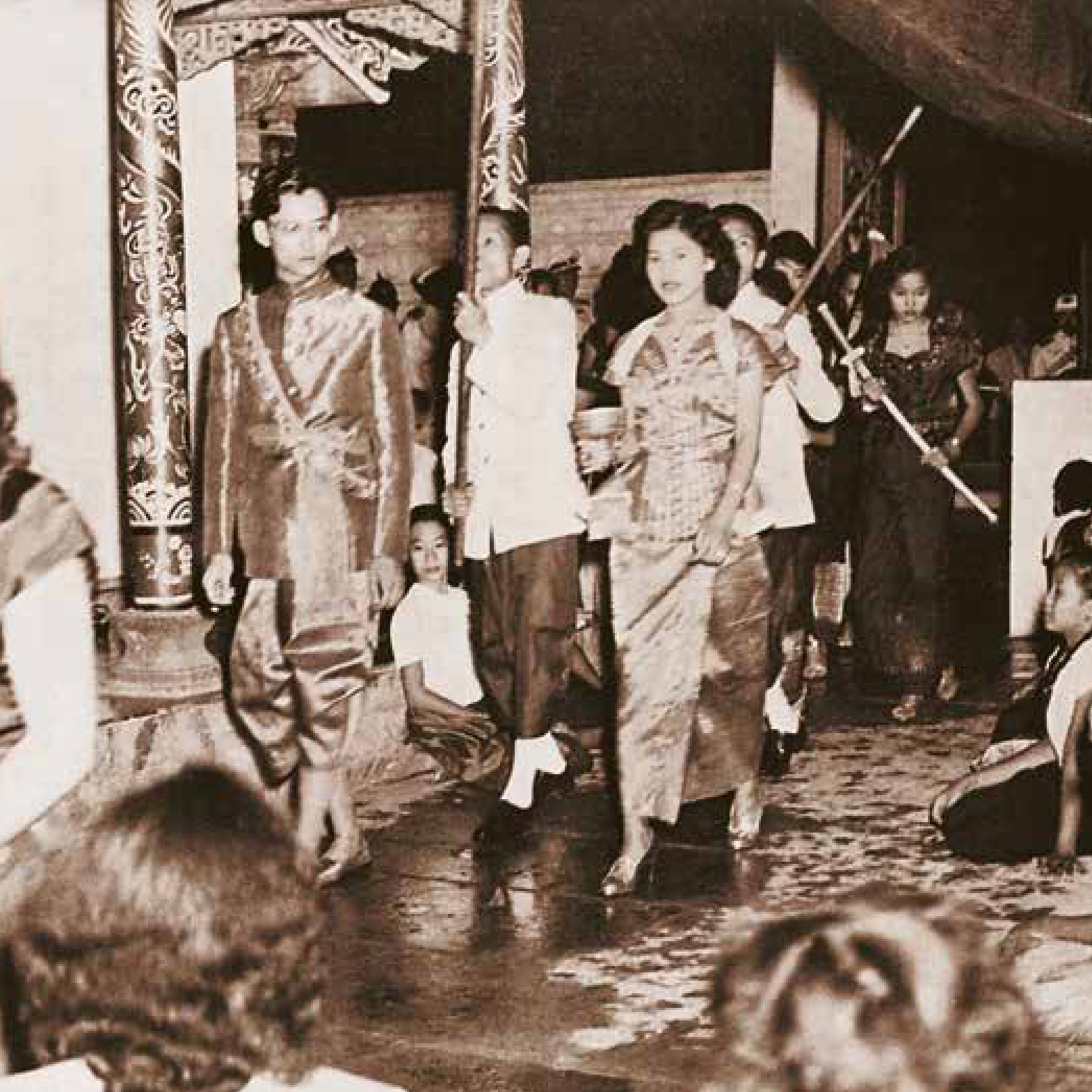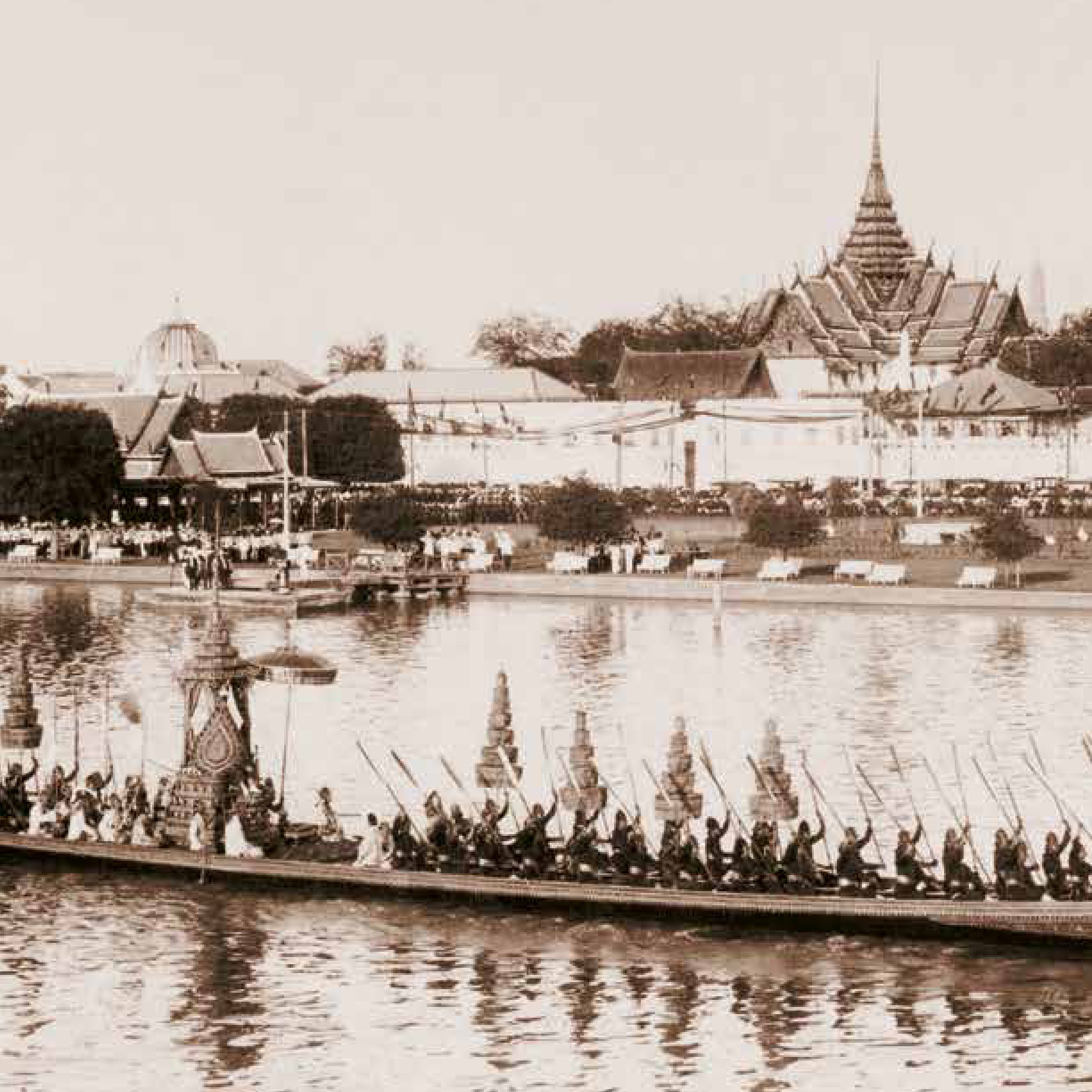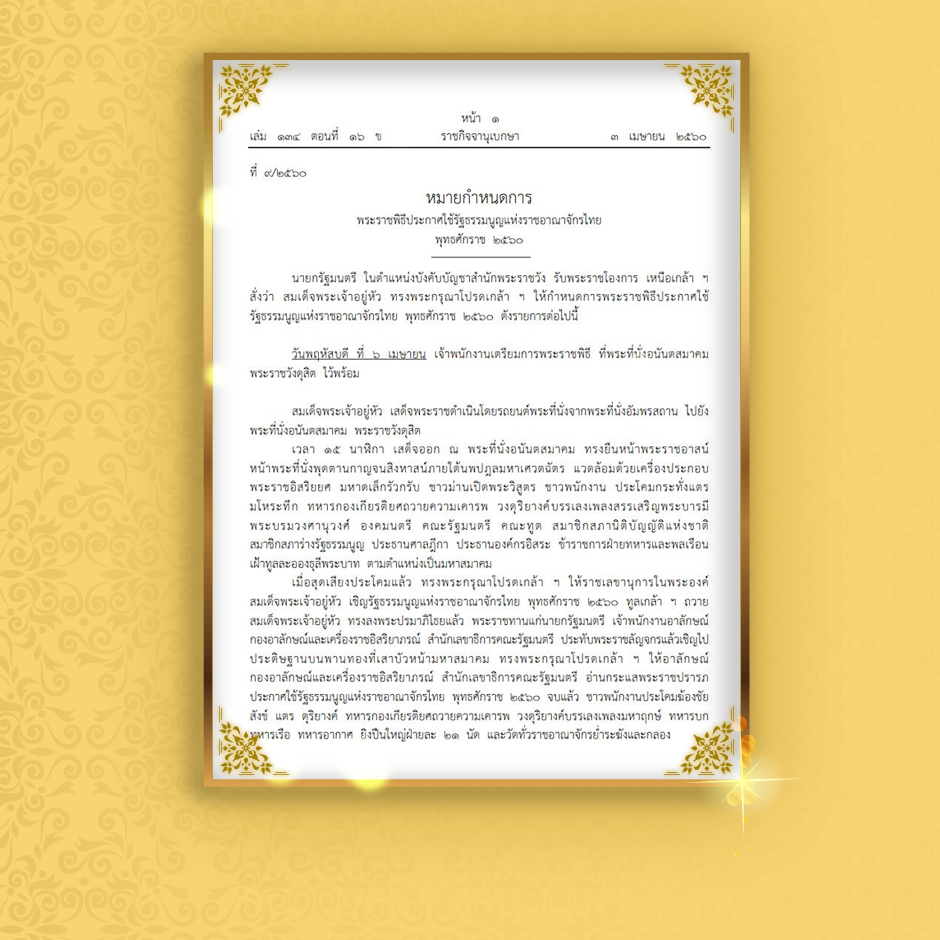The Phra Suphanabat plays a key role in the coronation as it is the first item to be presented to the King followed by the Quintet of the Royal Regalia during the crowning and investiture part of the ceremony.
The inscribing of the King’s official title on the golden tablet is done at the same time with an inscription of his horoscope on another sheet of gold and the engraving of the Royal Seal of State inside the ordination hall of the Temple of the Emerald Buddha within the Grand Palace.
The rites are performed in an atmosphere of utmost sacredness, with precise procedures and timing deemed as most auspicious for the paramount occasion. They are indeed vignettes of the country’s majestic court heritage that has rarely been brought into full display.
For His Majesty King Maha Vajiralongkorn Bodindradebayavarangkun, the inscribing of the Phra Suphanabat and the engraving of the Royal Seal of State are set for April 22 and 23.
On the eve of the designated Inscription Ceremony, Buddhist chanting will be performed while the Royal Astrologer pays homage to all deities, according to publications on the Royal Coronation Ceremony by the Ministry of Culture.
On the morning of the day, the appointed chair of the ceremony, customarily a member of the royal family, presides over a Buddhist ceremony. At the auspicious moment, the Royal Astrologer sounds a gong. The royal scribes and astrologers then start inscribing the King’s official title and horoscope on the gold sheets while the royal artisan begins the work engraving the Royal Seal of State.
The inscription and engraving are carried on amid the solemn sound of Buddhist monks chanting benedictions, Brahmins blowing conch shells, and a fanfare of Thai traditional music.
On the coronation day, the gold plates and royal seal will be brought to the venue of the ceremony at Baisal Daksin Throne Hall in the Grand Palace. On the same occasion, golden plates bearing the official titles of other royal family members who are elevated to higher ranks are carved as well.
After the Phra Suphanabat is presented to the King on May 4, it will be taken into a royal procession in the afternoon of the same day. The gold plates will be celebrated in another royal ceremony on the morning of May 5, prior to the ceremony to promote royal family members to higher rankings.
The Royal Seal of State is for the monarch to stamp his royal emblem alongside his signature on official documents, including the constitution, royal decrees, and emergency decrees.
The seal usually comes in a circular shape, bearing the garuda image in the middle and the king’s name around it.
(Sources & photos: The Royal Coronation Ceremony, Ministry of Culture)
